How to install an Oil Rig
An oil rig installation is one of the most technically demanding operations in the energy industry. Not only does it require advanced engineering skills, but also precise coordination between different disciplines—from civil and mechanical engineering to safety management and logistics. Each oil rig installation, whether offshore or onshore, is a major investment that directly affects the productivity, safety, and sustainability of a drilling operation.
As global energy demand rises and drilling environments grow more challenging, understanding how to install an oil rig effectively has never been more important. This report covers the key stages of the installation process, uncovers the unique considerations for installing land rigs, and explains how cutting-edge technologies like 3D animation are transforming the way that firms plan and implement projects.
Understanding Oil Rig Installation and Its Importance
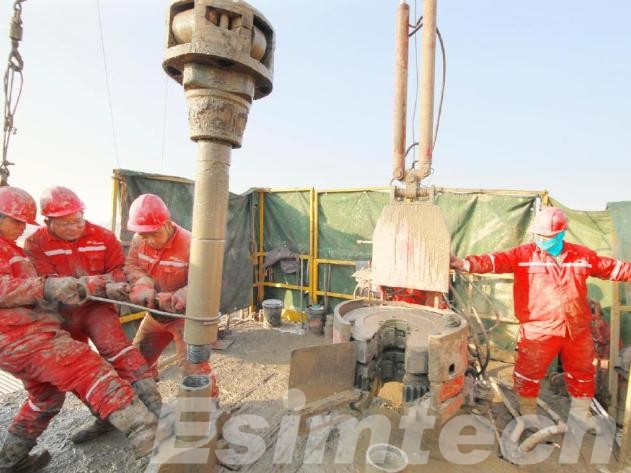
Oil rig installation is probably the most critical process in any drilling operation. It will determine how safe, effective, and environmentally compatible an operation will be during its lifespan. Anything but a strictly mechanical endeavor, installation is a highly tuned effort that integrates engineering techniques, environmental considerations, and safety control.
An effectively designed installation assures that every component—varying from the substructure to the drilling system—is installed and connected precisely as specified by design. Not only does this precision ensure immediate operating safety, but it reduces the likelihood of mechanical breakdowns, downtime, or costly maintenance in the future.
Key parameters for defining an ideal oil rig installation include:
- Structural Integrity: Ascertaining the foundation and the structure can withstand heavy loads, vibrations, and environmental stresses.
- Safety Compliance: Meeting international safety and environmental standards to protect personnel and minimize ecological footprint.
- Operational Efficiency: Streamlining the assembly and commissioning phase to minimize setup time and provide faster project turnaround times.
- Quality Control: Stringent inspection processes during installation to prevent alignment problems and system malfunctions.
- Long-term Reliability: Designing the installation for life, ease of maintenance, and consistent performance in the long term.
In brief, finding out about and investing in the correct oil rig installation isn’t simply a case of putting in equipment—it’s a matter of building the foundations of reliable energy production, operational safety, and sustainable development in one of the world’s most demanding industries.
How to Install an Oil Rig? — The Key Phases of the Process
An oil rig installation is an extremely complex engineering process that requires precision, planning, and coordination between several disciplines. Each phase of the process directly affects the stability, efficiency, and long-term performance of the rig. To install an Oil Rig successfully, crews must follow a disciplined process that integrates technical expertise with strict safety protocols.
1. Planning and Site Preparation
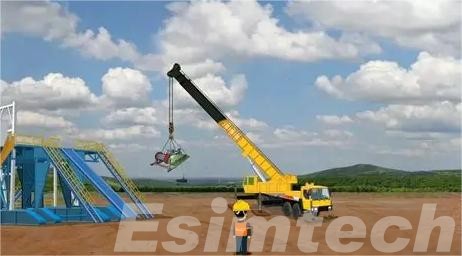
The foundation of all successful installations begins well in advance of equipment arrival on site.
This phase entails evaluation of the environment and establishing the construction groundwork.
Some of the key activities include:
- Conducting geotechnical and environmental surveys
- Designing a foundation capable of supporting the rig’s total load
- Establishing logistics routes for moving heavy equipment
- Complying with local safety and environmental regulations
A thorough pre-installation plan mitigates risk, avoids project delays, and ensures that the installation process is aligned with both engineering specs and operational goals.
2. Rig Assembly and Structural Setup

Once the foundation is ready, the rig components are transported, positioned, and assembled according to precise engineering blueprints. This is where the physical structure of the rig begins to take shape.
| Assembly Stage | Main Activities | Purpose |
| Substructure Installation | Setting up the base platform and supporting frames | Provides the load-bearing structure for drilling operations |
| Derrick Erection | Assembling and lifting the drilling mast | Ensures vertical stability and safe drill string operation |
| Drilling Equipment Integration | Installing draw works, rotary systems, and mud pumps | Enables core drilling functionality |
| Power & Utility Systems | Setting up generators, control units, and electrical networks | Powers the rig and supports essential functions |
Each assembly step is verified for dimensional accuracy, load capacity, and alignment to prevent mechanical issues during operation.
3. System Integration and Testing
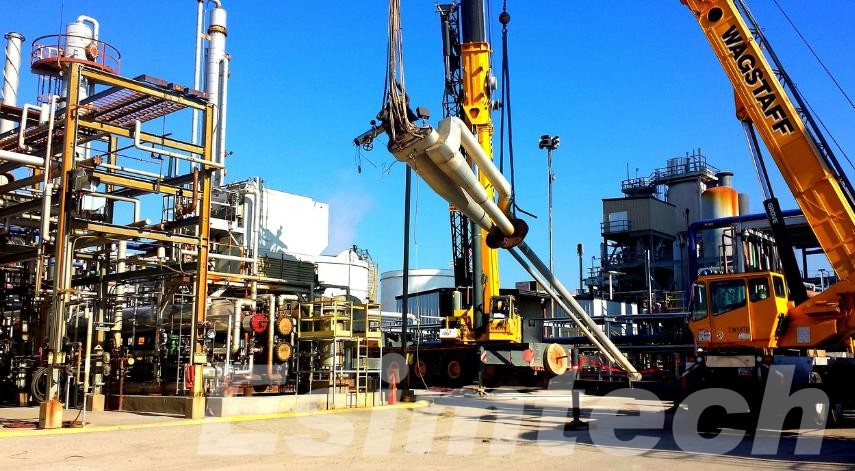
With structural components incorporated, the next stage is the interconnection and synchronization of all critical systems. These include electrical, hydraulic, pneumatic, and control systems.
- The technical personnel perform:
- Pressure and functionality testing of hydraulic circuits
- Electrical safety checks and grounding confirmation
- Software calibration of automatic control systems
- Integration of safety devices such as blowout preventers (BOPs)
These tasks are aimed at making the rig a coordinated, safe, and efficient system prior to the start of drilling.
4. Inspection, Commissioning, and Handover
The rig is inspected and commissioned extensively before it is cleared for drilling.
Final inspections typically entail:
- Load testing and vibration analysis
- Safety audits as per ISO and API codes
- Training of staff for the operation and emergency response of the rig
- All records of tests and installation are logged
It is only after clearing these inspections that the rig can be formally commissioned and handed over to commercial operation.

5. Real-Time Monitoring and Optimization
Once installed, performance monitoring remains important. By utilizing digital sensors, IoT systems, and predictive maintenance software, operators are able to identify the early warning signs of equipment wear and tear or misalignment—enabling them to extend the rig’s lifespan.
This proactive approach makes oil rig installation a long-term performance management solution instead of a temporary setup.
Effectively installing an oil rig is to balance precision, safety, and timing simultaneously. The operation not only necessitates engineering expertise, but also strict project implementation and extensive knowledge of environmental and regulatory concerns. Each successful installation of an oil rig testifies to the industry’s proficiency in translating technical intricacy into operational excellence.
What Makes It Different from Offshore Setup?
Although the basic concepts of installing an oil rig are consistent, land rig installation and offshore rig installation differ significantly in terms of logistics, environmental factors, and project complexity. Having an understanding of such differences is relevant to planning, cost management, and operations optimization.
- Land rig installation is typically easier and more flexible. Land movement is less demanding than moving enormous offshore units in specialist vessels. The facility is built on solid ground, reducing the complexity of advanced anchoring or subsea support systems. Schedules are less vulnerable to climatic factors, and maintenance or refurbishment can be more readily undertaken, resulting in shorter project time and lower operating expenses.
- Offshore installation, however, presents unique challenges. Platforms are subjected to rough marine conditions including high seas, stiff winds, and corrosive seawater. Systems that include anchors, subsea pipelines, and multi-complex cranes are required, with logistics more complicated and expensive. Safety issues are also heightened by virtue of the remoteness, where emergency response and evacuation may prove to be inconvvenient.
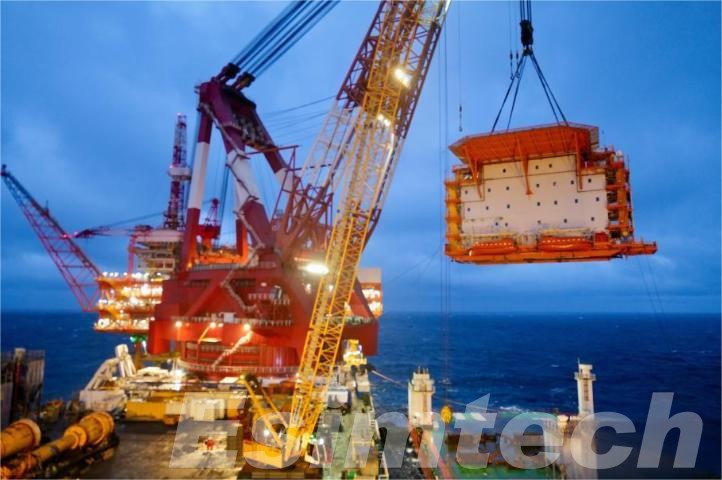
Despite such differences, both approaches share the general goal of delivering a safe, efficient, and effective rig. The choice to install land or offshore installation is the prerogative of goals of the project, geology, and economics. Determining the distinctive requirements of land rig installation allows operators to optimize workflow, reduce risk, and achieve sooner returns on investment.
Briefly, the onshore and offshore configurations are a culmination of technical feasibility, environmental aspects, and strategic thinking—basically highlighting the absolute role of precise oil rig placement for every energy endeavor.
How Land Rig Installation Animation Help?
Visualization software is now an everyday component of today’s oil and gas development projects to make advanced processes smarter. Land rig installation animation provides an interactive way to simulate the entire installing process before starting any onsite activity, enabling teams to prepare better and reduce risk.
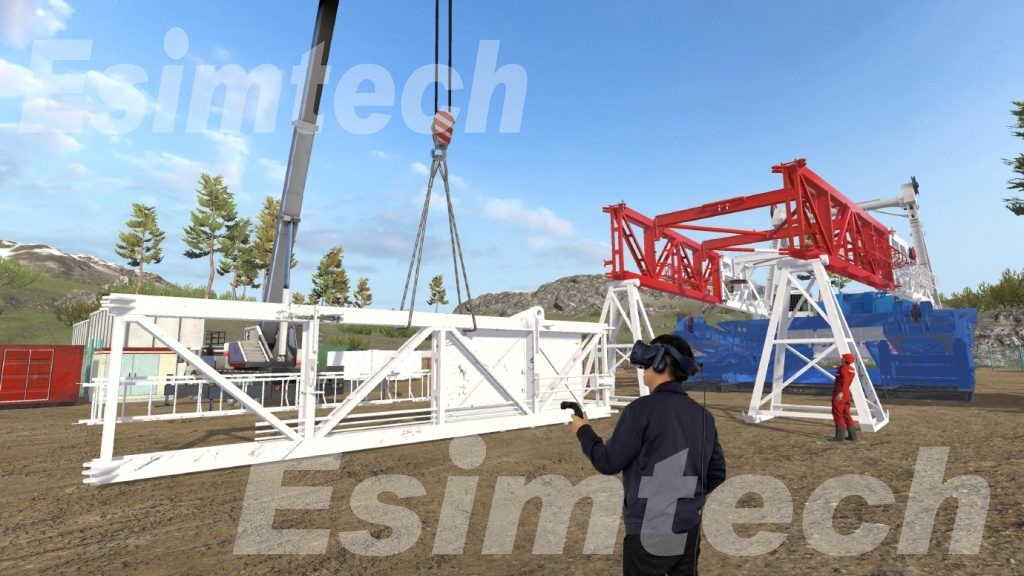
These 3D animations help engineers, project managers, and clients to see all phases of oil rig installation, from the establishment of foundations, right through structural erection, system integration, up to commissioning. By translating technical drawings into dynamic models, stakeholders can identify potential problems down the line, such as spatial collisions, equipment limitations, or safety hazards, that would otherwise cause delays or cost overruns.
Important benefits of land rig installation animation include:
- Improved Planning: Teams are able to plan sequence, resource allocation, and timing in a more effective manner.
- Less Risk: Visual simulations detect potential issues, increasing safety and compliance.
- Improved Communication: Complex technical steps become clear for all participants, ranging from engineers to executives.
- Training and Preparation: Crew members can familiarize themselves with the rig layout, operations procedures, and emergency escape methods prior to on-site implementation.
By integrating land rig installation animation into project workflows, companies not only streamline their operations but also reduce errors, enable collaboration, and permit first-time-right installation of the rig. These digital technologies basically transform a confusing oil rig installation process into a predictable, manageable, and safe one.
Final Thought
Effective oil rig installation is a combination of engineering expertise, meticulous planning, and precise execution. Onshore or offshore, each step—from site preparation to commissioning—bears a direct impact on safety, efficiency, and performance in the long run. Utilization of technologies like land rig installation animation contributes to visualization, reduces risk, and streamlines workflow. Emphasizing accuracy, safety, and innovation, operators can ensure that every rig gets installed effectively, runs reliably, and becomes the foundation for productive energy generation many years to come.
